
Mexican artist Ornella Ridone stitches together a U.S. - Mexico story
A new installation of textile and embroidered works at Philadelphia’s Magic Gardens examines the delicate architecture and destructive consequences of American…
The clothes stretch out on the entry floor hallway to Philadelphia’s Magic Gardens, tied together in knots and pressed flat to the ground. A few people entering the corridor hesitate to step forward onto the clothes to reach the door to the next part of the museum on the other side of the walkway.
"I feel guilty stepping on these,” said one museum-goer to another on the exhibit’s opening day, laughing nervously.
Someone pointed out that the clothes laid on the ground weren’t simply random clothes — they were arranged in the colors of the Mexican flag, with red, white, and green sections, and embroidered images of the crest of the eagle hanging on the wall on the right-hand side.
“I feel more guilty now!,” the museum-goer exclaimed.
This kind of automatic, emotional response to her work is precisely what Mexican artist Ornella Ridone is hoping to “awaken” in the museum-goers who pass through her Allá Abajo / Down Below exhibit at Philadelphia’s Magic Gardens. The flag made of found clothes and laid on the ground is the entry point to Ridone’s exhibit, which also features embroidered panels inspired by the traditions and realities of her current home of Oaxaca, as well as the scenes which captured her imagination in a trip she made to Philadelphia in the spring and summer of 2017 as part of the Julia Zagar Residency for Women Artists she was chosen for in its inaugural round by Philadelphia’s Magic Gardens.
“This is more about what this piece can awaken in you,” said Ridone. “It’s more so that people, North Americans in general, can wake up and say hey, am I stepping on a country?”
Ridone plans to ultimately hang the trampled “flag” of Mexican clothes next to another similar Mexican flag created from found clothing which is currently displayed, suspended above the trampling of any feet, in an exhibit in Mexico City. She hopes to provoke additional dialogue with this juxtaposition of the flag that has been walked on, stained, and ruined in the U.S. with the pristine, undamaged one in the Mexico City.

For Ridone, born and raised in Northern Italy but a resident of Mexico since she first migrated to the country at the age of 20, the vision of the U.S. from “Allá Abajo / Down Below,” as her exhibition is titled, is defined by capitalism — a capitalism perhaps best articulated by a phrase Ridone saw once in an ad and decided to use in the information about the exhibit, which said simply: “More is always better.”
“Like I’m saying here, that implies that a country has to sustain itself, and once it is based on consumerism it can’t maintain its lifestyle for very long and it will always need other countries, people, and resources to absorb so that it can sustain itself,” said Ridone, standing before a suspended pair of white overalls, embroidered in red thread with Coca Cola bottles, shoes, watches, guns, and other emblems of American consumerism and capitalism.
Other scenes emblazoned in red and white thread, an aesthetic theme which Ridone said has been part of her work since she used those colors in another exhibit to represent blood and family connection among the women in her family, show iconic images of Philadelphia mixed in with more mythic or fantastical figures. Devil-like figures consume people at the foot of one panel where a police officer stands, and a veteran missing a leg is dropped off by a U.S. Army truck. Other scenes are influenced by Ridone’s trips to the Mütter Museum during her stay in Philadelphia, which she said “fascinated” her.
Each is indicative of a world that is at once familiar to city dwellers and disturbing in its imagined additions, as it reframes what is normal and provides a look in the mirror which at once estranges and clarifies reality.
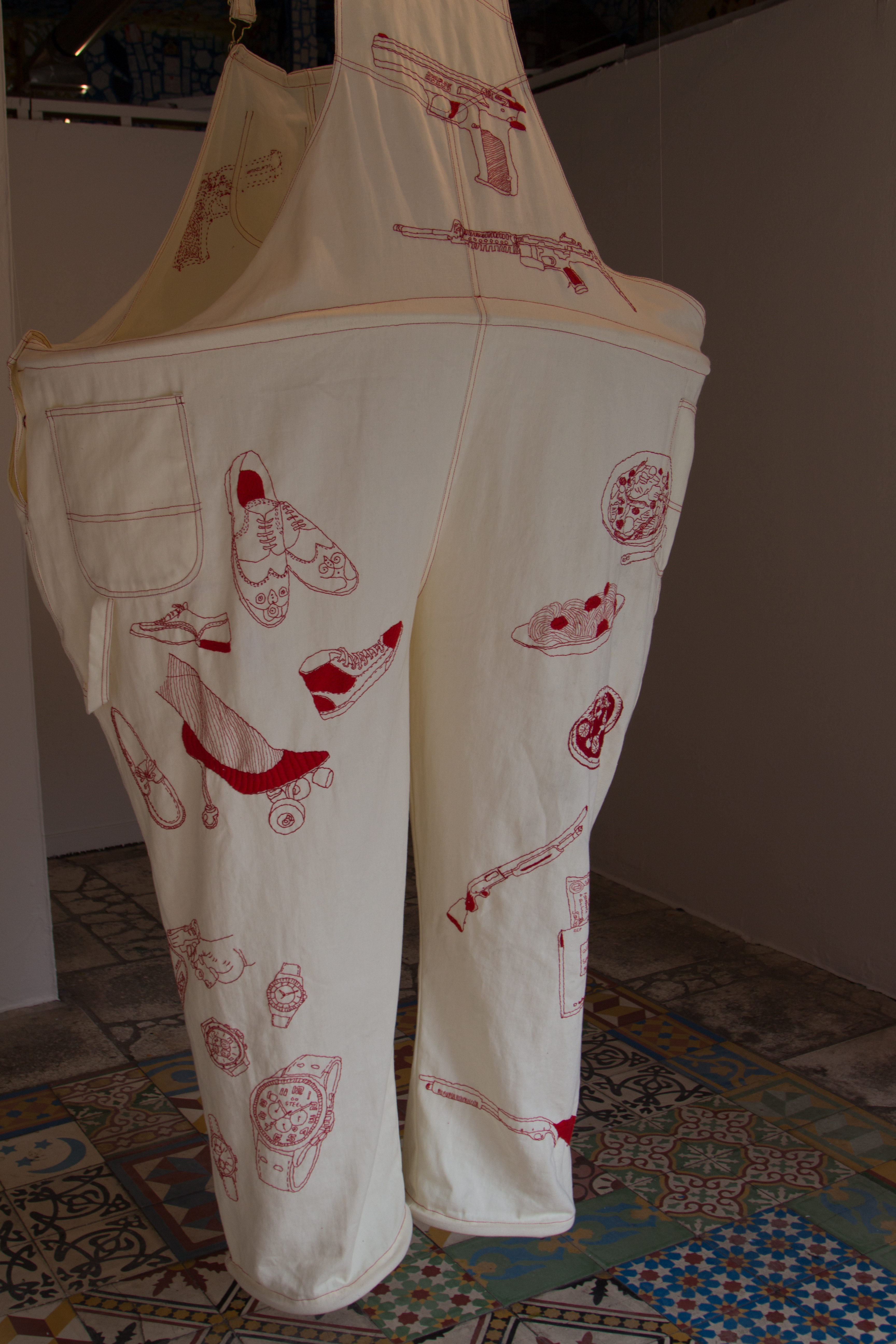
RELATED CONTENT
The act of embroidery or weaving itself, said Ridone, is an inherent rebellion against consumerist society.
“It’s a more interior discussion, and the fact that when one is weaving or embroidering, one is very in contact with oneself...I believe that that is very important in a world where everything is external, images, television, everything takes you outside of yourself,” said Ridone.
“Many people tell me that that must be slow, it’s very boring, and how much time does it take you — but precisely because it goes against this thing of everything fast, fast," she noted, weaving and embroidery are important arts, adding that the ways in which someone has to slow down to weave or embroider is a statement in and of itself.
Ridone first discovered the art of weaving and embroidery while living and working in the Sierra of Oaxaca as an anthropology student. She immediately fell in love with the art form, and later learned that her great-aunt also worked as an embroiderer by profession in the mountains of Italy many years ago.
Noting that her artwork is different, though influenced by, that of indigenous women and men in Mexico and throughout the Americas, Ridone said that the work of many women in textiles is an inspiration, and is part of the exhibit as well, as the eight images of the crest in the Mexican flag in the first exhibit are in fact embroidered by some of the women in the village where she now lives who have done traditional textile work.
The art of textiles and embroidery itself is one that has not often been acknowledged for its complexity, said Emily Smith, executive director of Philadelphia’s Magic Gardens.
“That I think is so important, really focusing on women who throughout history haven’t had this platform or their work hasn’t been taken seriously, and to say this isn’t craft, this is incredibly, incredibly technical, beautiful, powerful work,” said Smith.
"Allá Abajo / Down Below," will be on display at Philadelphia’s Magic Gardens through July 8.



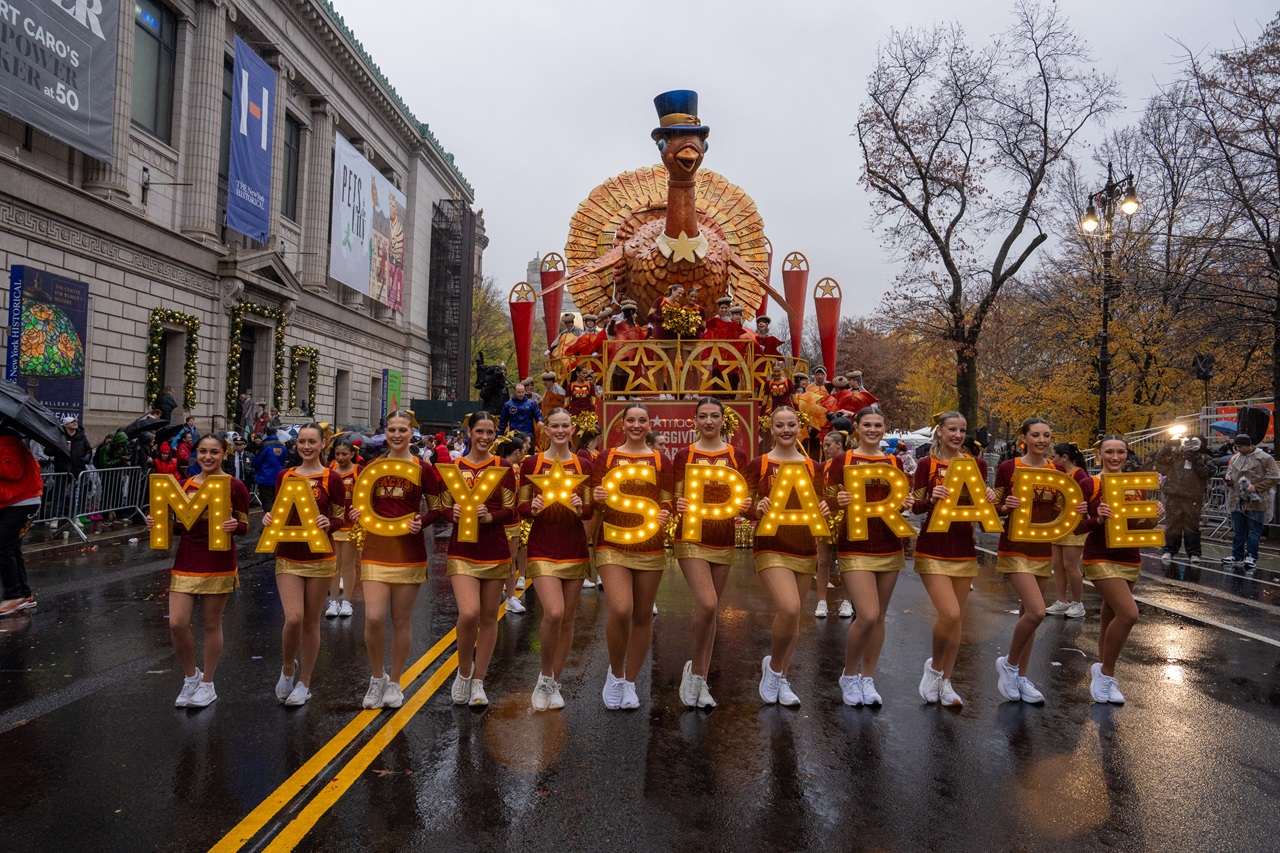
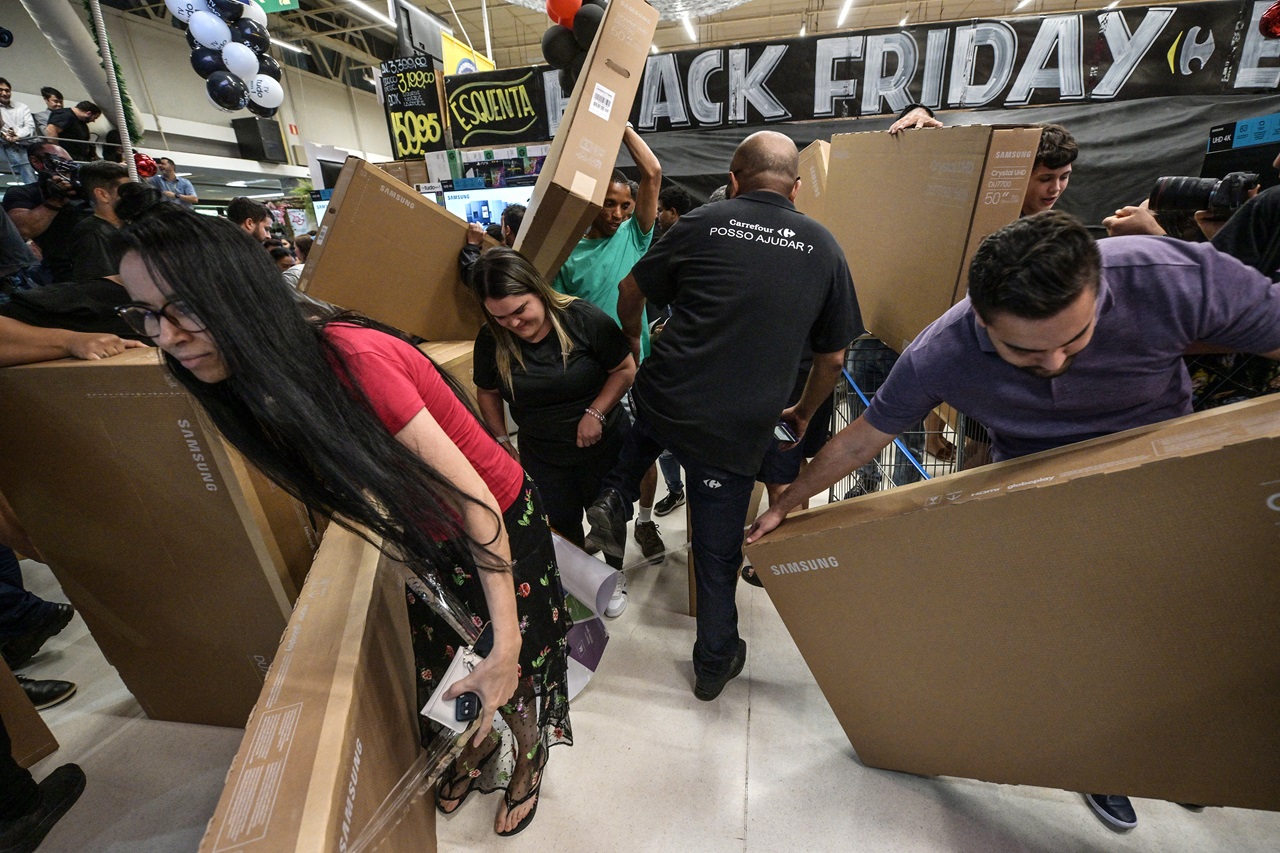

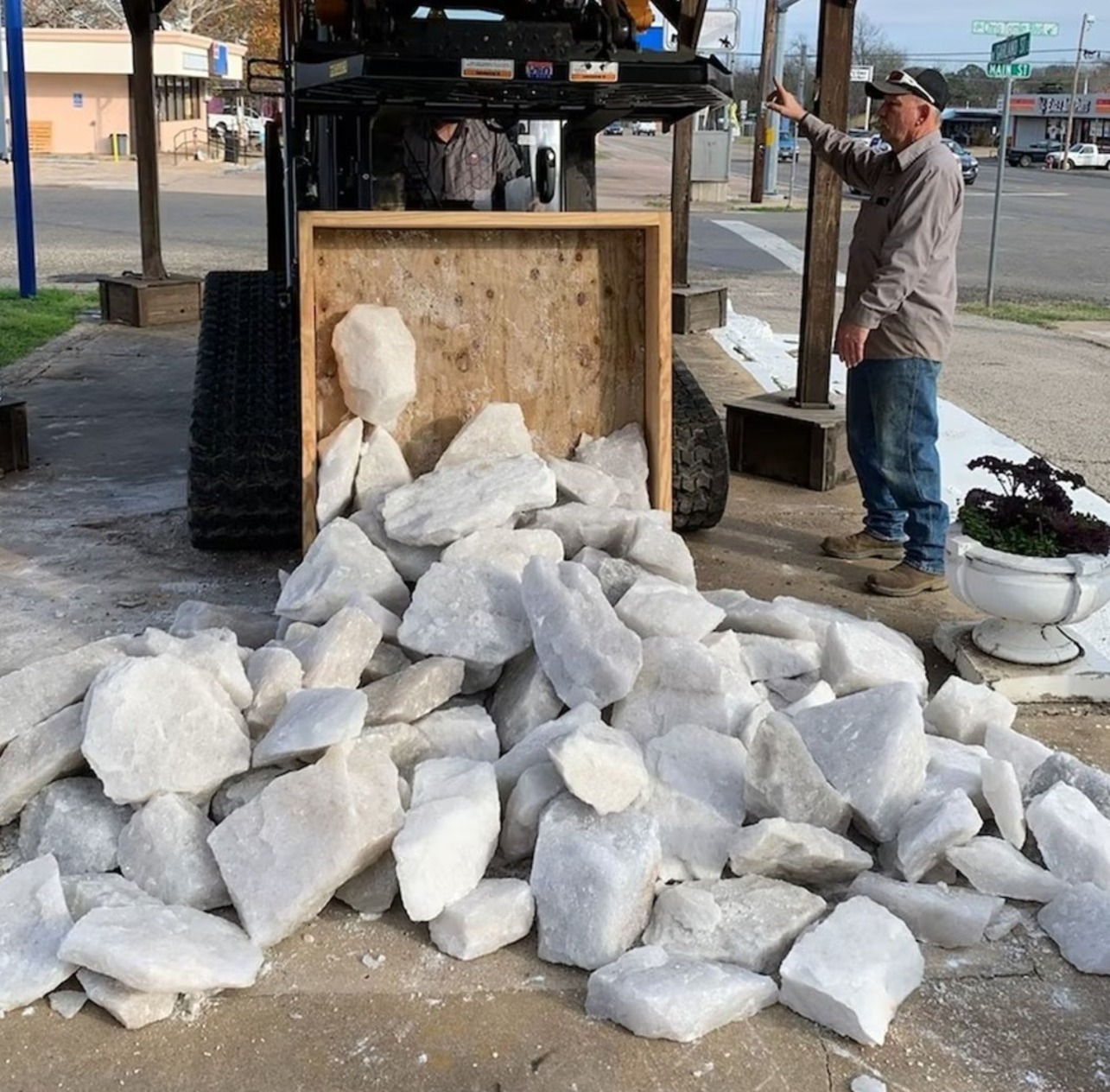
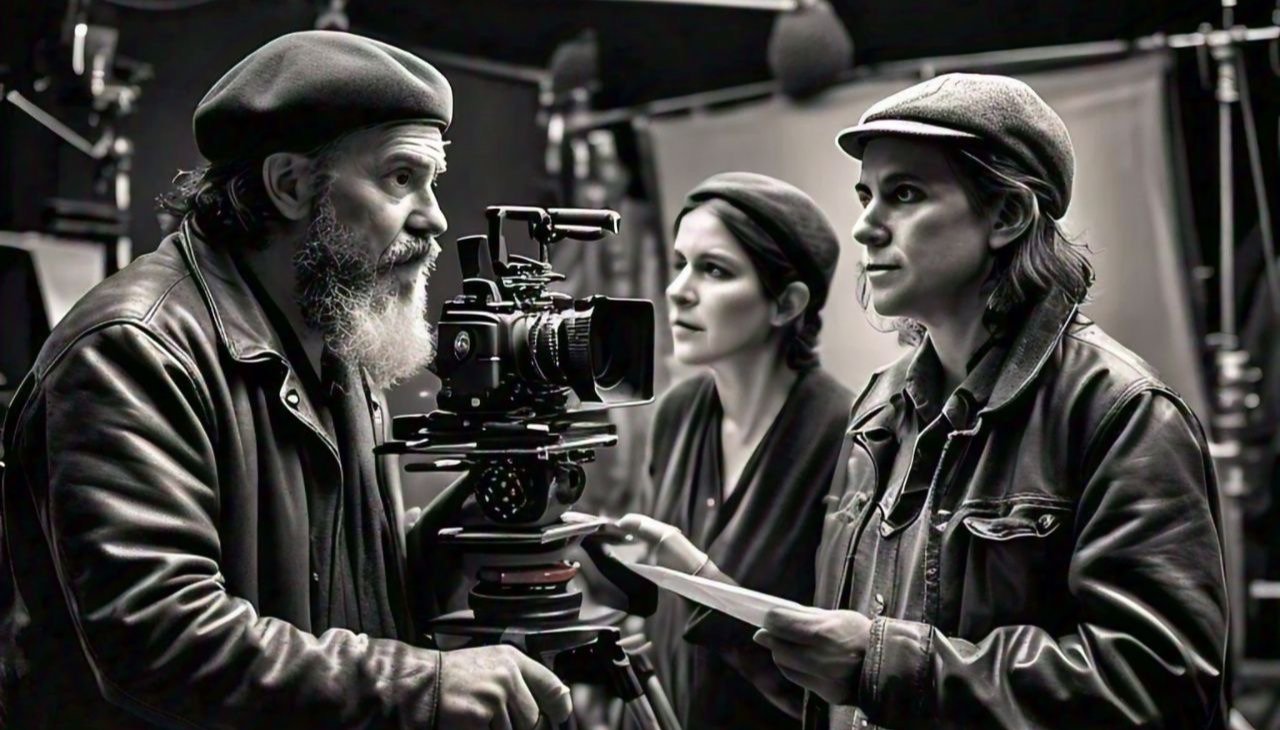
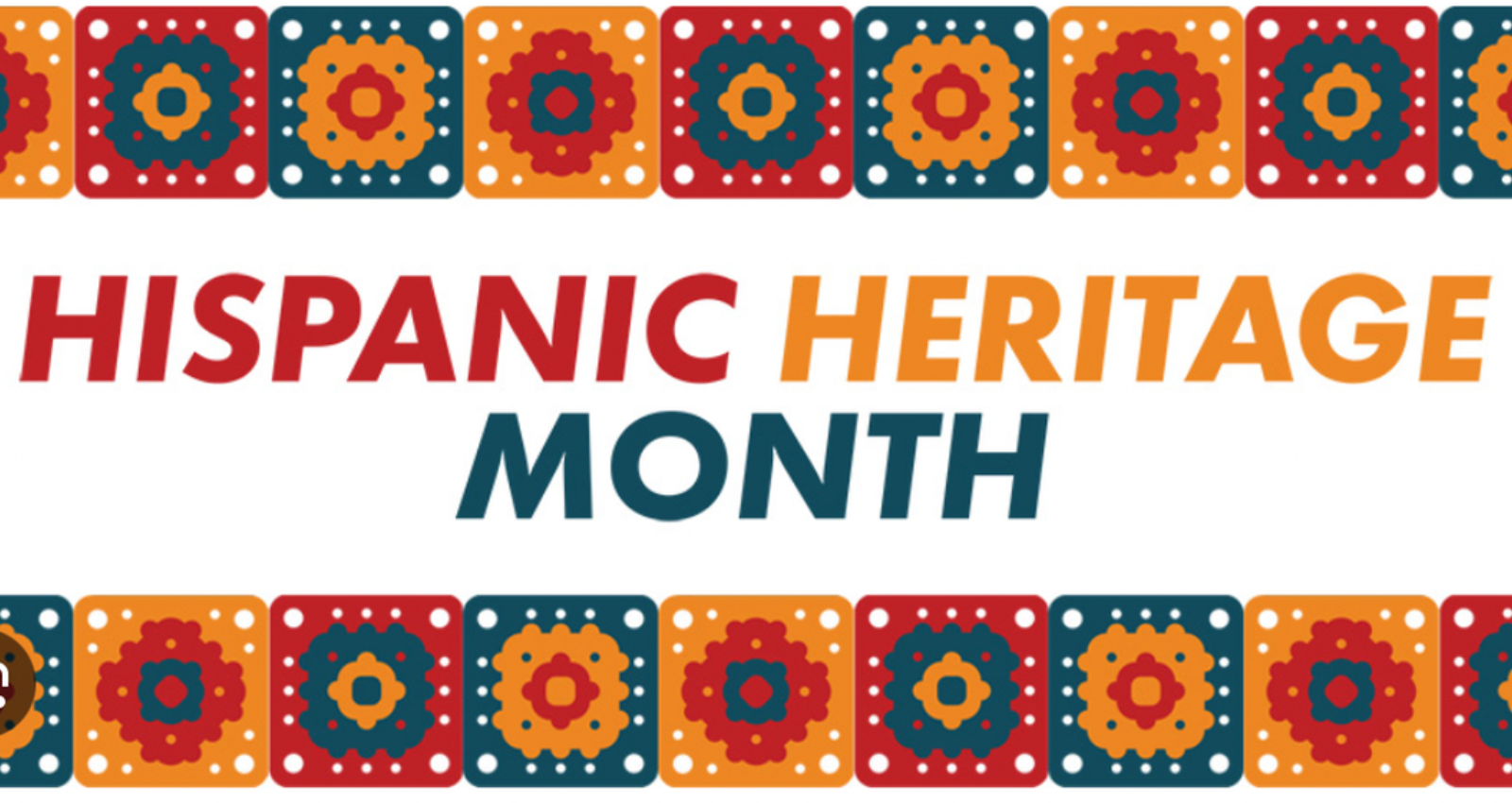


LEAVE A COMMENT:
Join the discussion! Leave a comment.